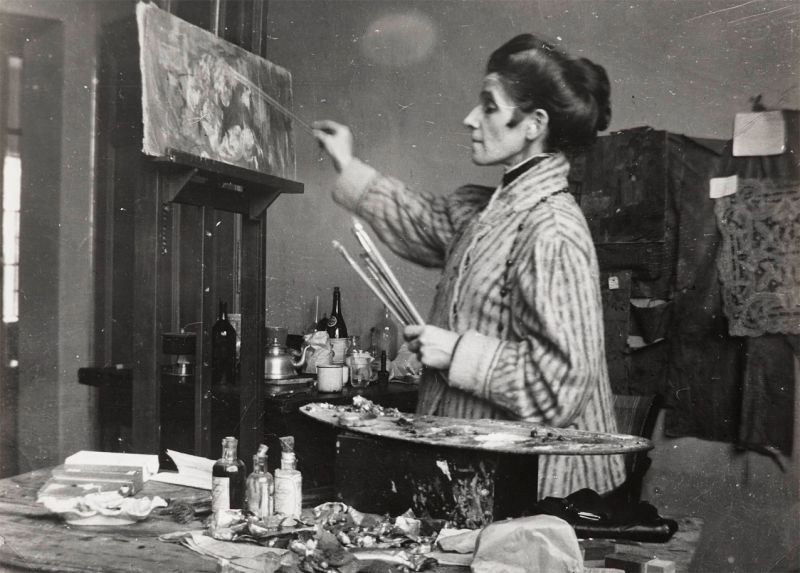Olga Boznańska. Kraków – Munich – Paris
Mediathek Sorted
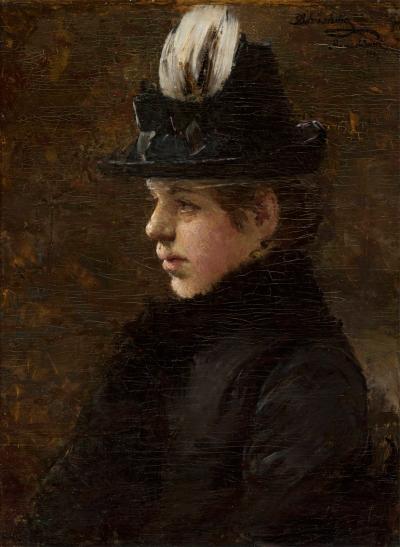
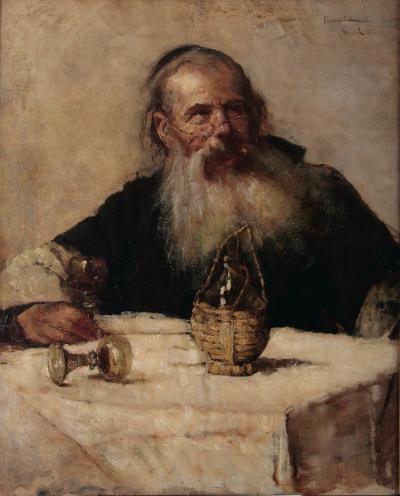
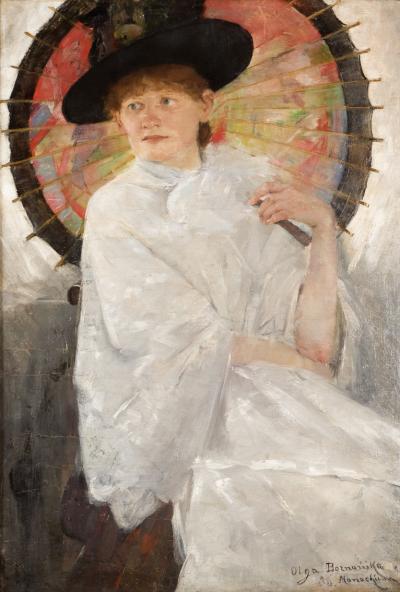
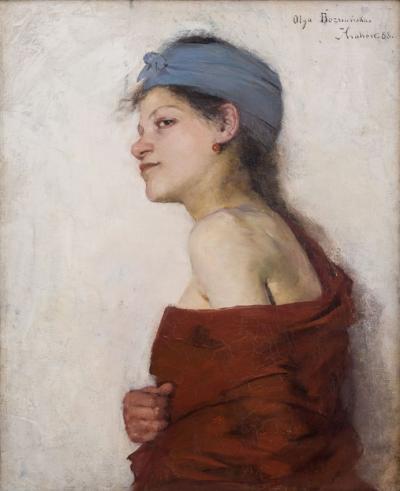

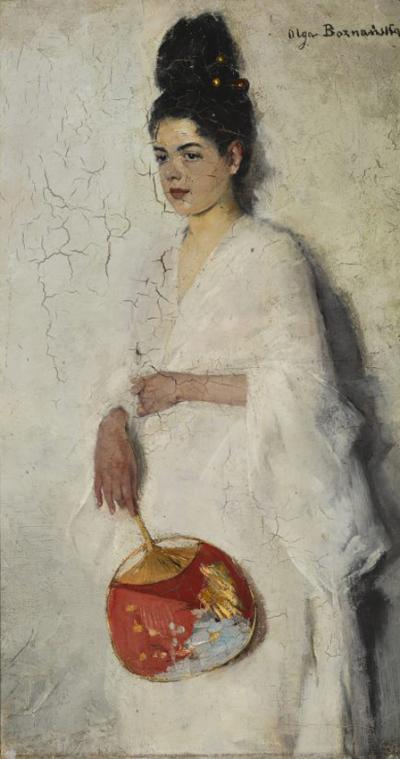
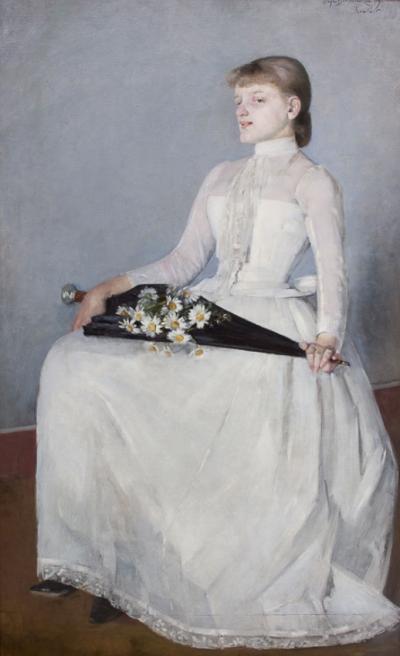
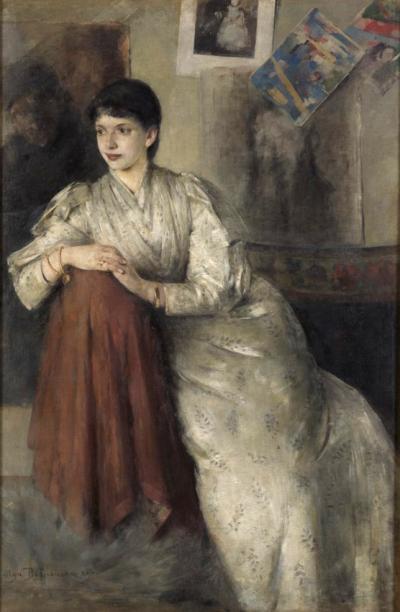
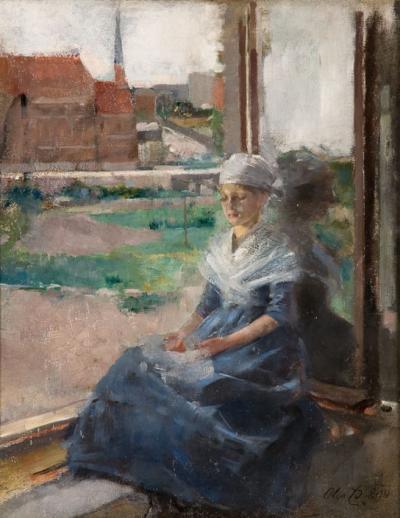
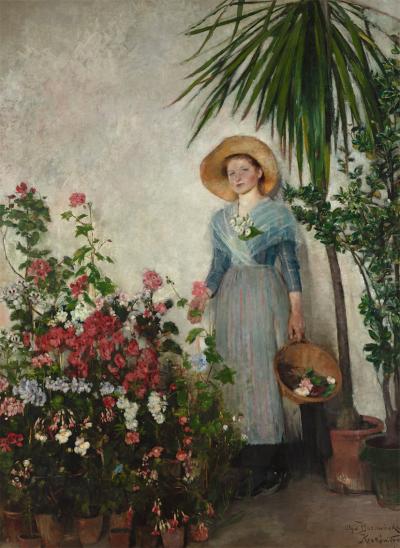
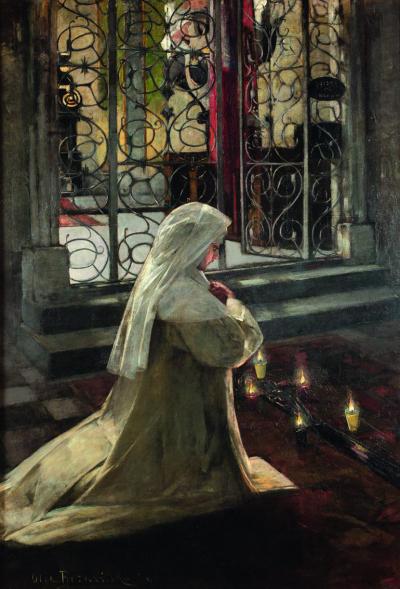
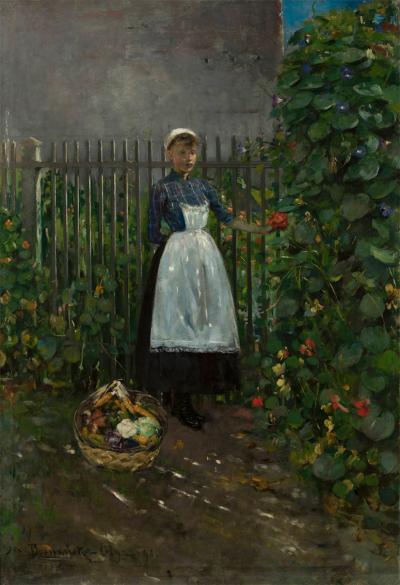
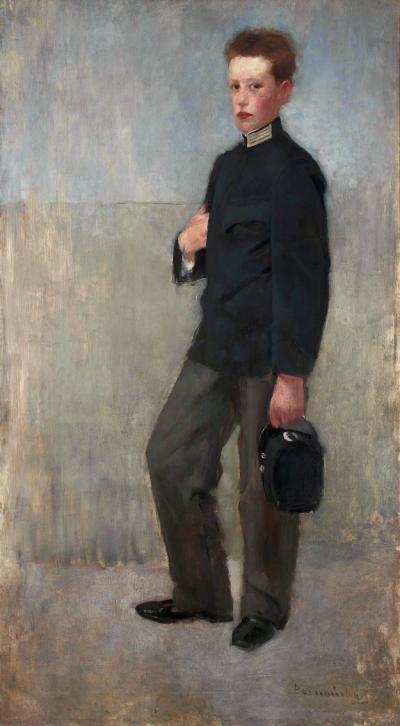
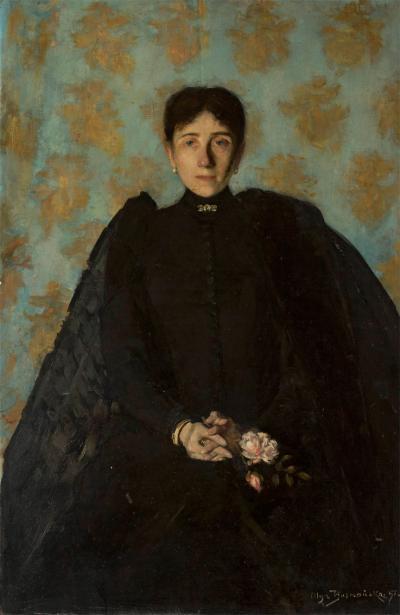
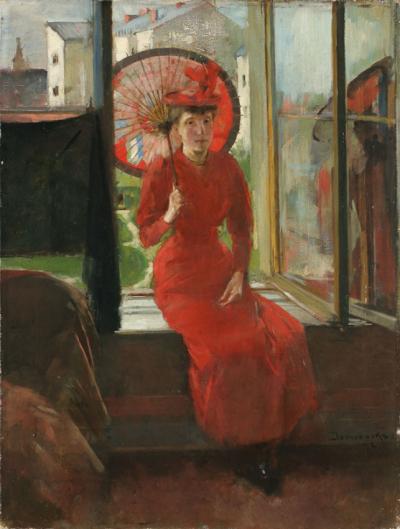
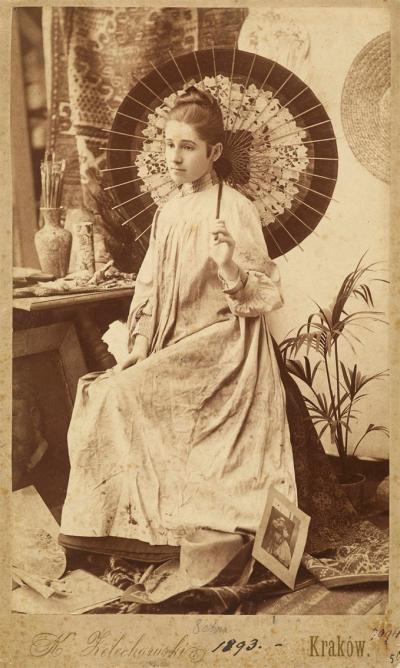
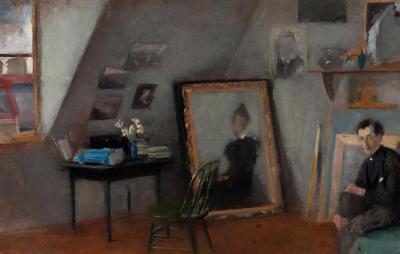
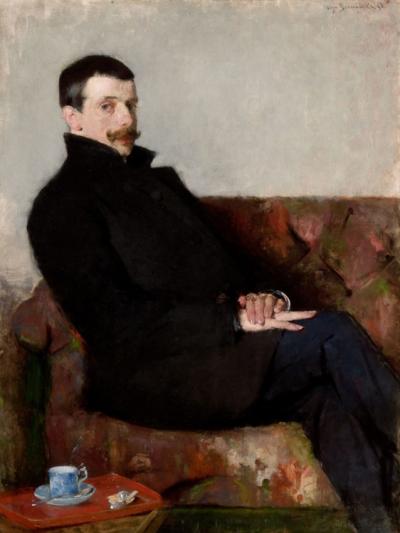
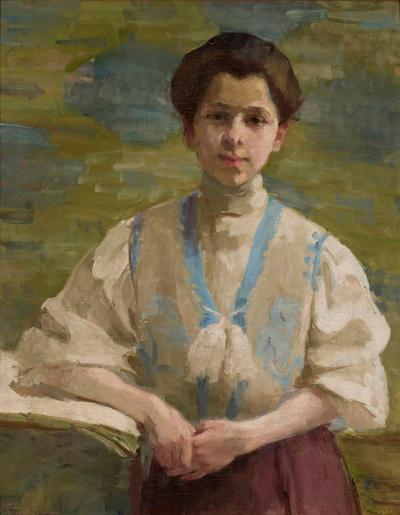
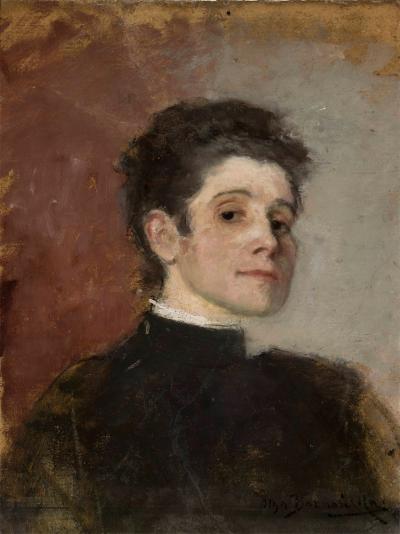

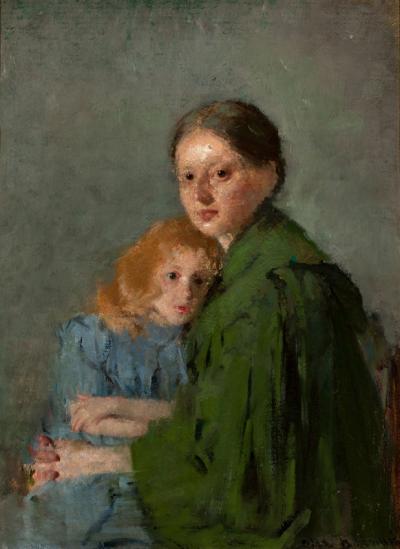
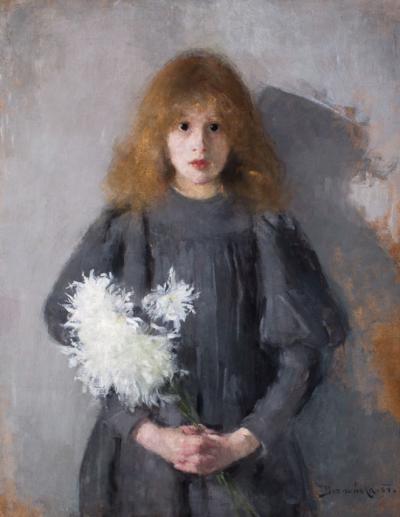
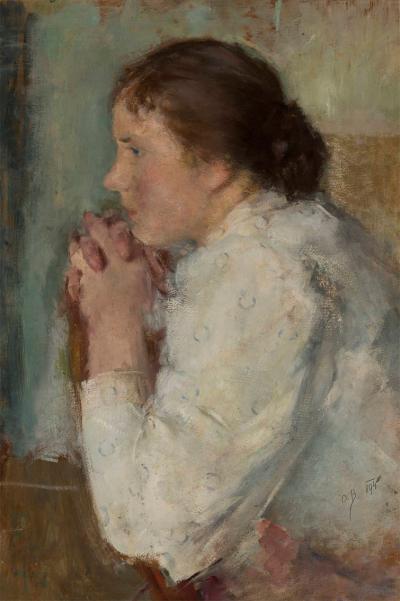
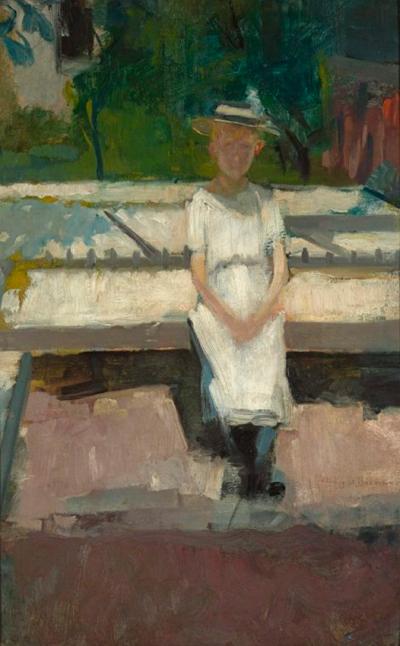
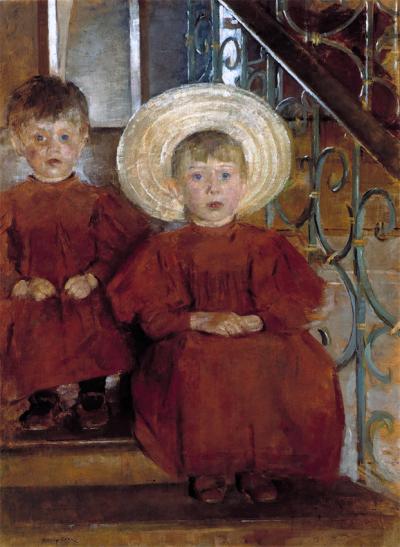
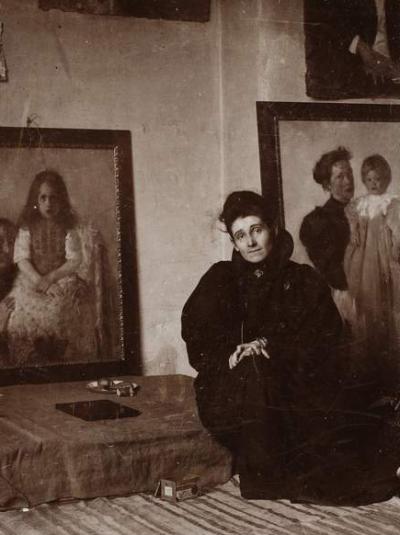
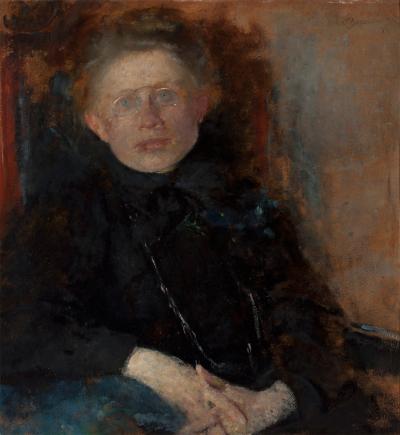
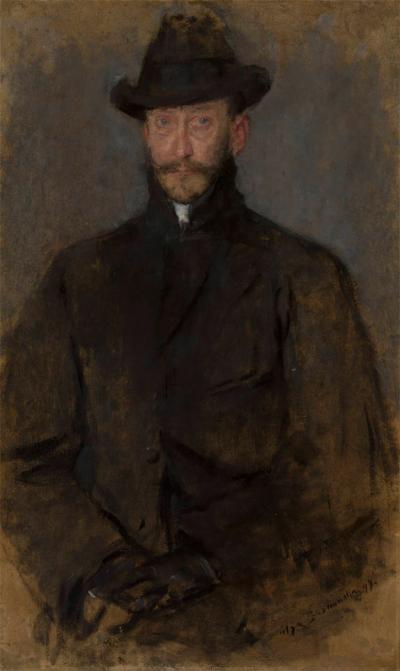
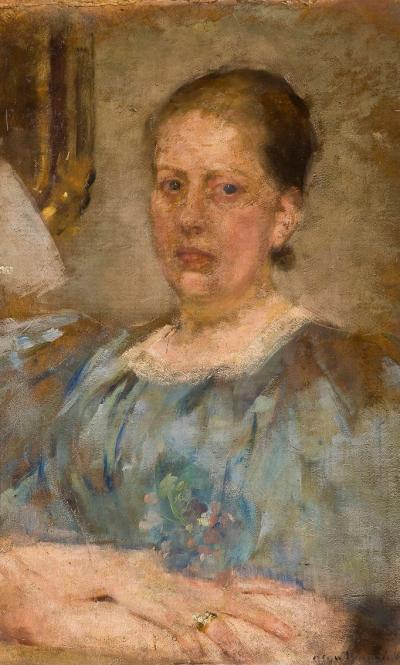

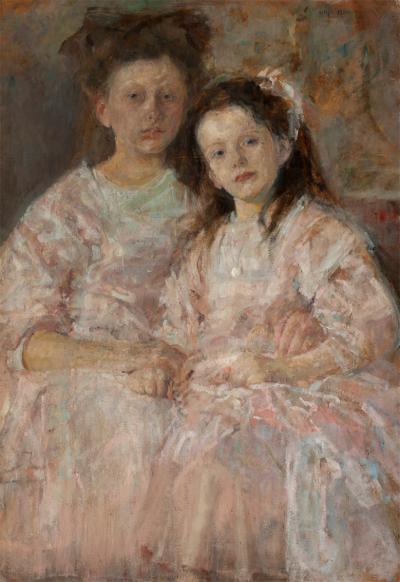

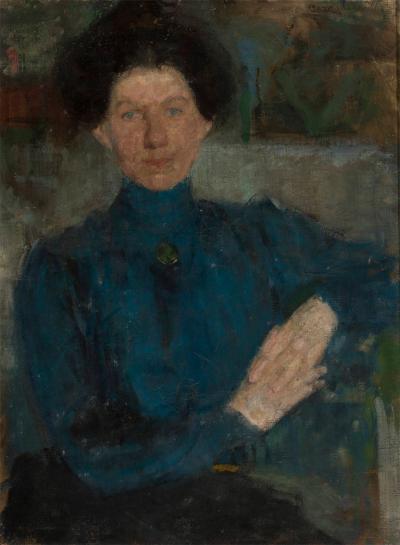
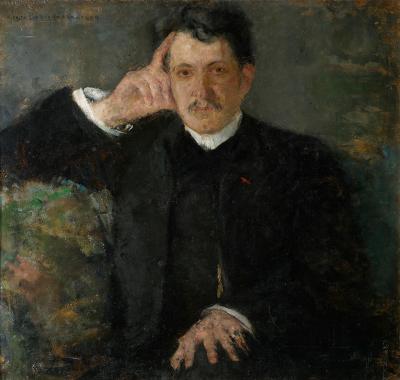
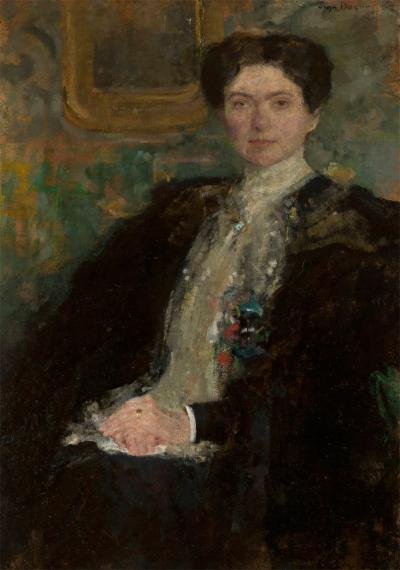
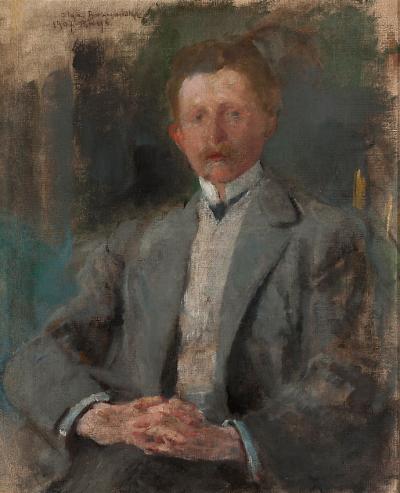
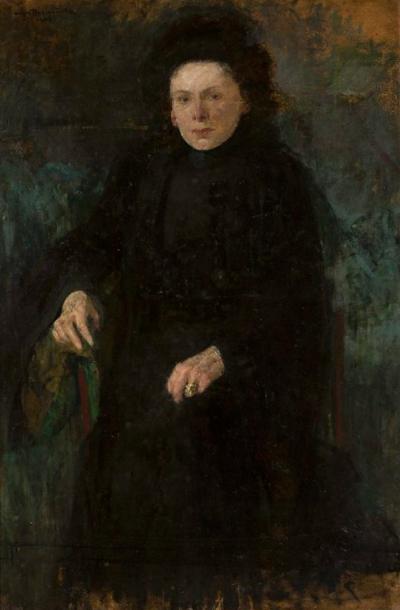
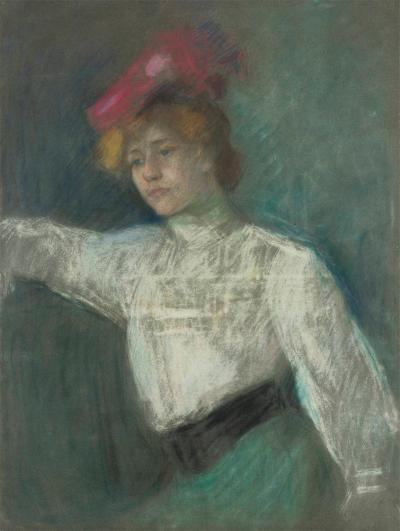
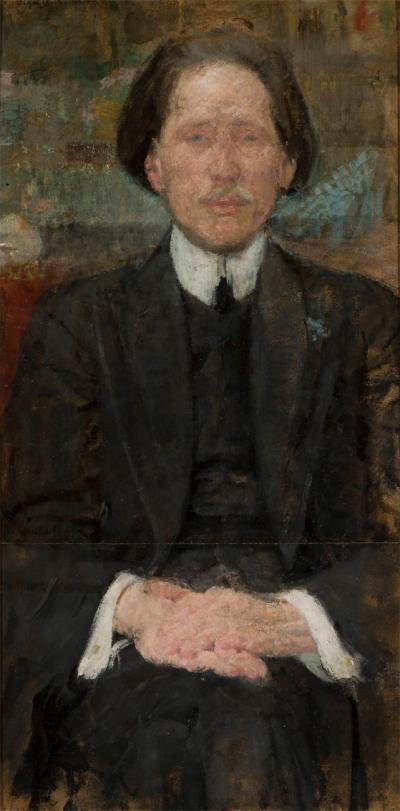
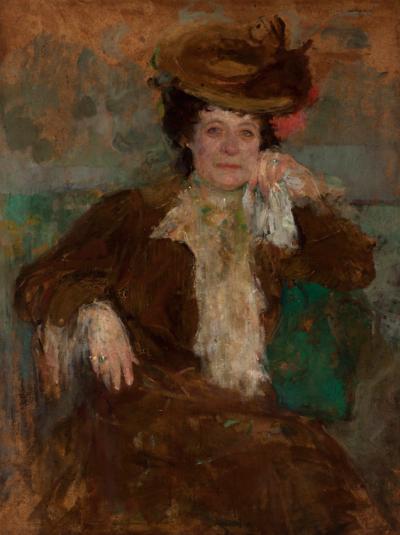

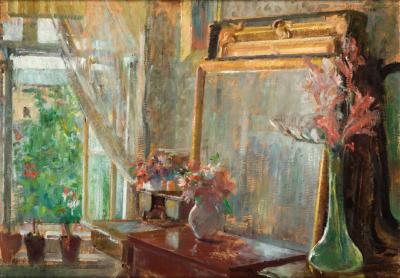
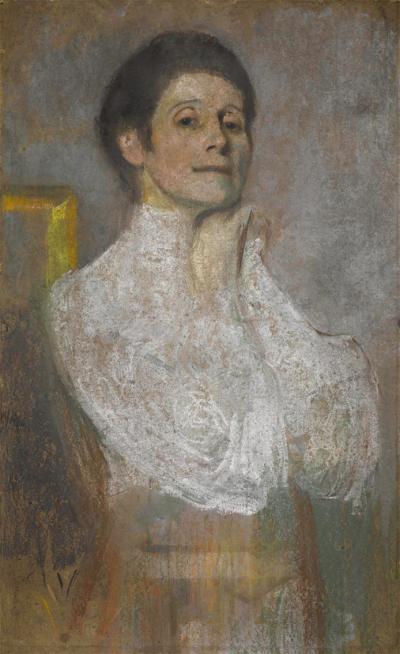
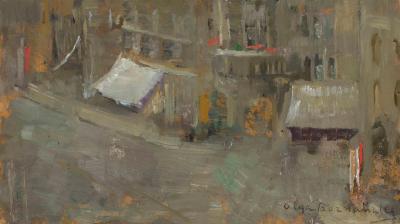
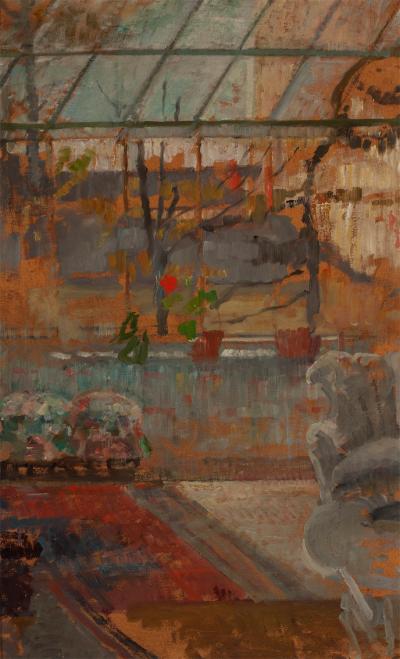
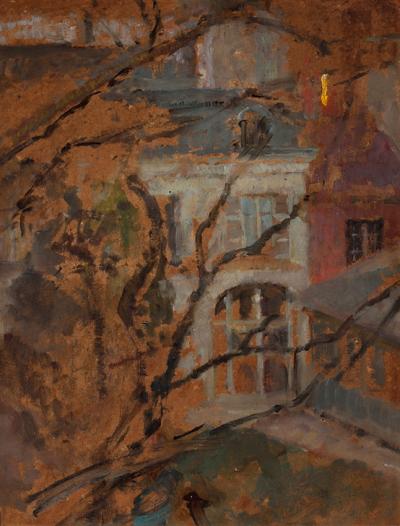
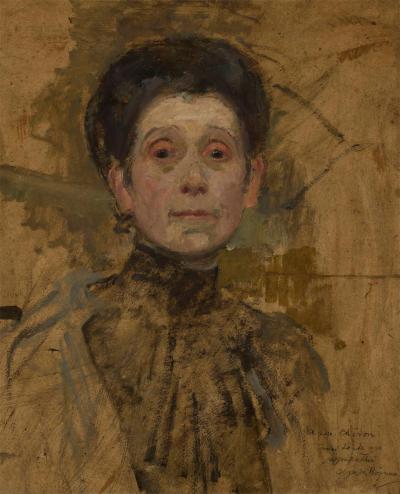
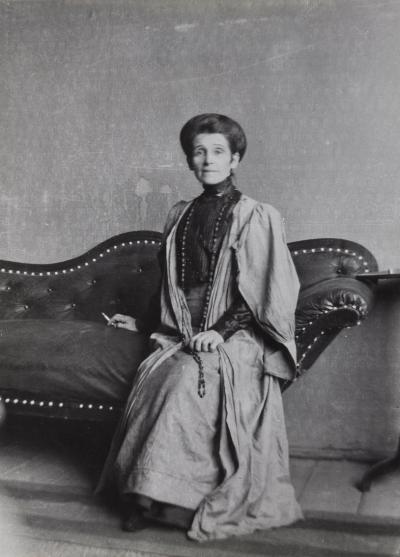
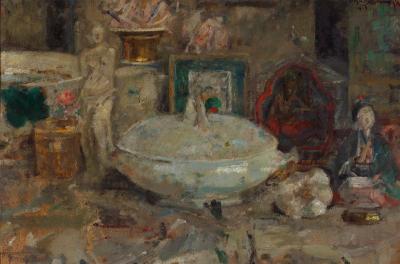
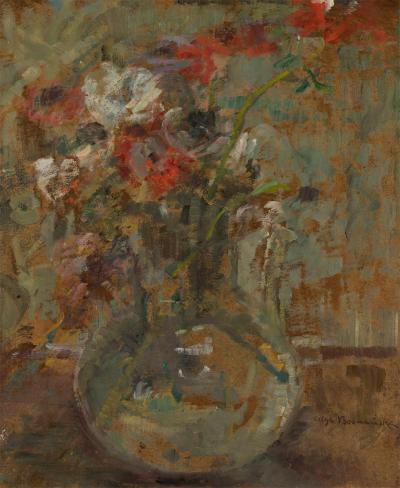
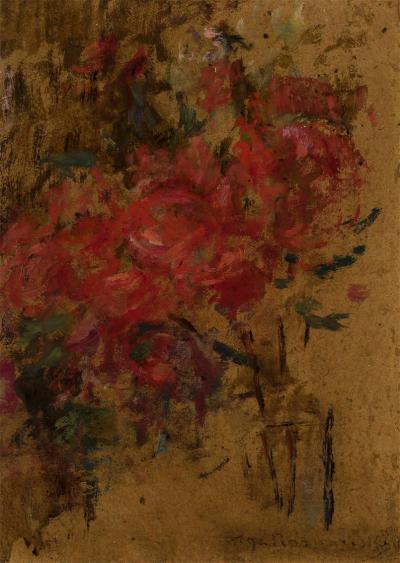
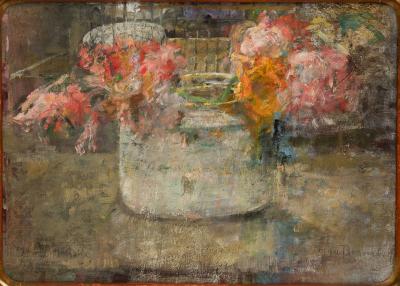
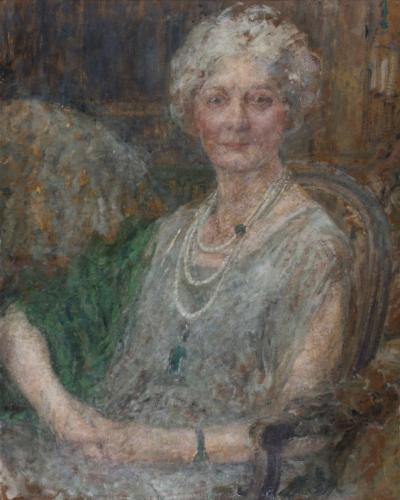
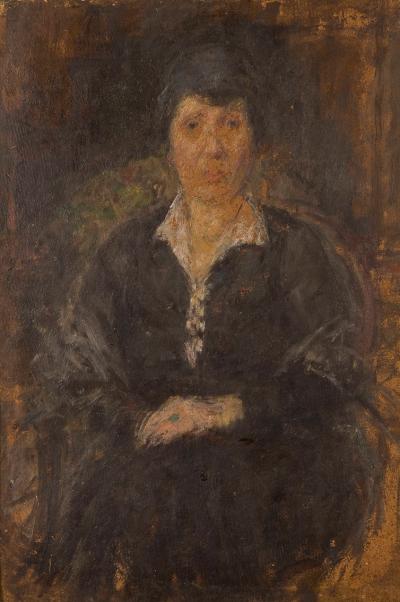
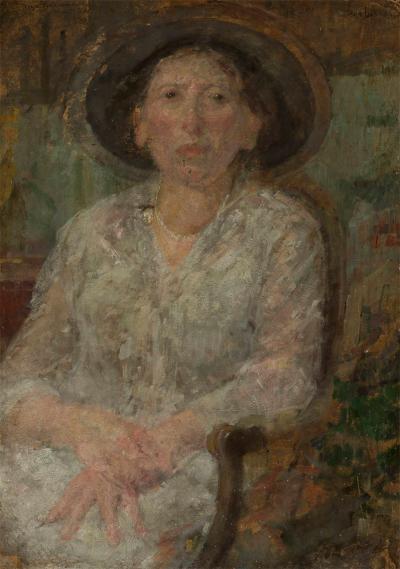
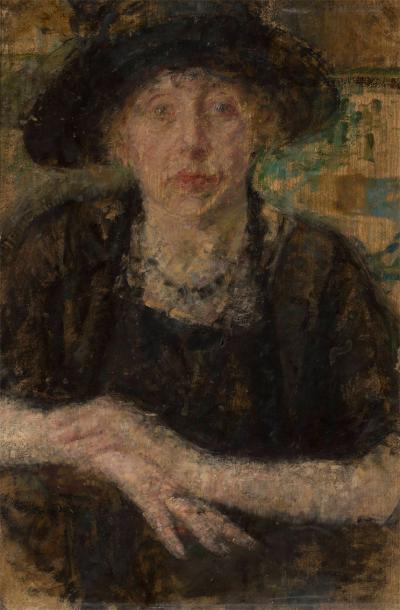
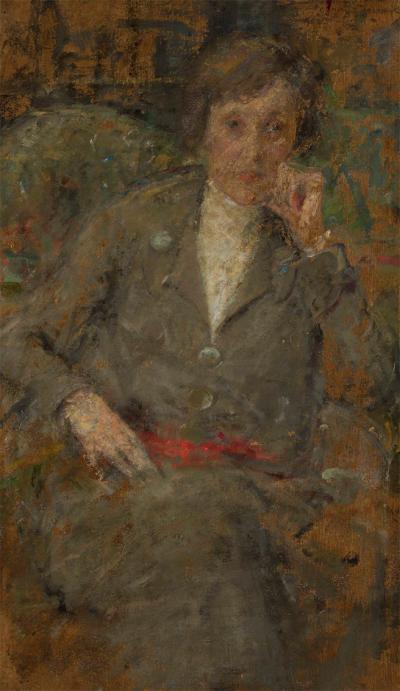
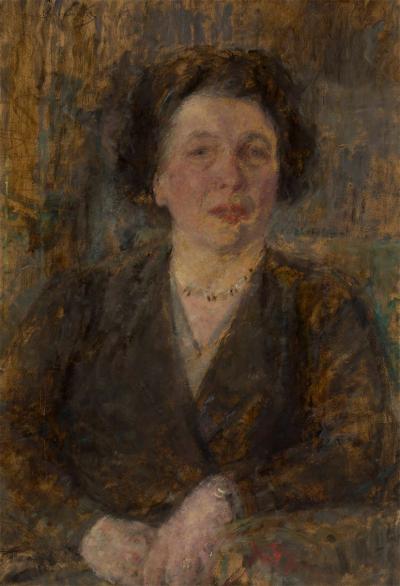
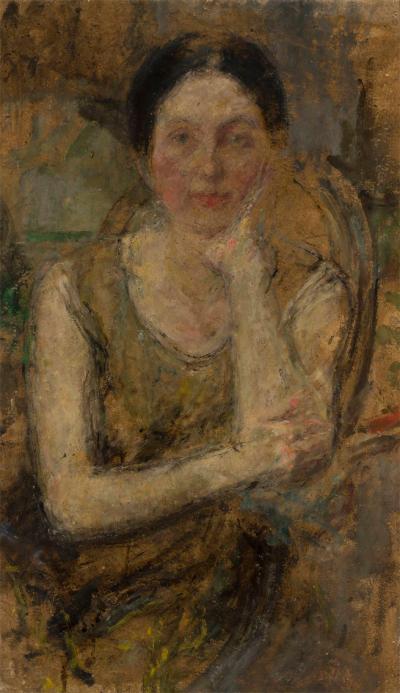
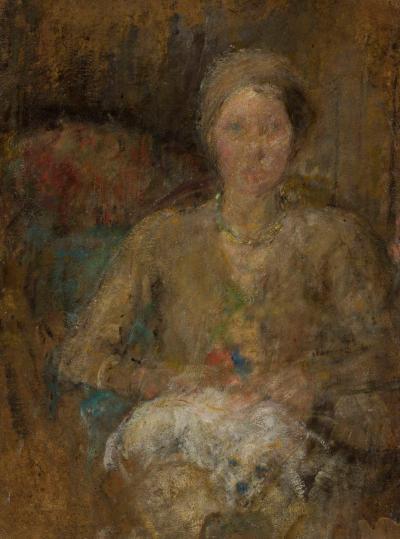

Just as often she painted the portraits of personalities from the French art world and international intellectual circles, like that of the writer, critic and art dealer, Henri Pierre Roché (1879-1959; ca. 1903, private ownership); then Hélène Istrati, the wife of the Romanian microbiologist at the Pasteur Institute, Constantin Levaditi (1874-1953; 1905, private ownership); the American author, Natalie Clifford Barney (1876-1972; ca.1907, Smithsonian American Art Museum, Washington), the art critic, Achille Segard (1872-1936; ca. 1910), the critic of the art journal, “Pan”, Pierre Tournier (ca. 1912), the poet, playwright and theatre critic, Baron Édouard Franchetti (ca. 1912, private collection) and many more. Boznańska is generally regarded as the painter who painted the majority of Polish artists and intellectuals to the end of her life, although these could not be counted here. The huge range of her portraits not only documents her social contacts, but is also an impressive chronicle of contemporary Polish and international artistic circles in Paris.[46] Boznańska’s painting studio was one of the main attractions for Poles coming to Paris, alongside the studios of the sculptor, Cyprian Godebski (1835-1909) and the painter, Jan Chełmiński (1851-1925), the Hôtel Lambert, the residence of the Czartoryski family, and the home of the émigré son, bookseller, literary authority, translator and co-founder of the Polish Library, Władysław Mickiewicz (1838-1926), whose daughter Maria welcomed artists in particular with great warmth.[47]
Portraits shown by Boznańska at international exhibitions in Paris and elsewhere were anonymous until around 1913, i.e. the names of the people portrayed were not revealed (Ill. 39, 40), and if so, only with their initials. Thus, in 1910, alongside a picture with “Two Children”, she exhibited the “Portrait of Mr X” (“Ritratto del Sig. X”) at the Czech-Polish Pavilion at the Venice, and the “Portrait of a Woman in Brown” (ca. 1906, Ill. 41), whose identity is still unknown.[48] The three portraits, purchased from the artist at various times by the French state, are also anonymous as is the “Portrait of a Young Woman“, purchased in 1904 from the exhibition salon of the Société nationale des beaux-arts, which has recently been identified as a portrait of Janina Dygat[49]; the picture of a “Young Woman in White” (1912), purchased from the salon in the same year and now decoded as a portrait of Elza Krause, the daughter of the Kraków architect, Józef Sare; as well as the picture of a still unidentified “Madame D …” from the 1913 salon (all in the Musée d'Orsay, Paris).[50]
[46] For comprehensive lists of personalities portrayed by Boznańska, see Ewa Bobrowska: Olga Boznańska and Her Artistic Friendships, in: Exhibition cat. Olga Boznańska, Kraków 2014, pages 95-97
[47] Ewa Bobrowska: Paris of Her Dreams, in: Exhibition cat. Olga Boznańska, Kraków 2014, page 54
[48] IX esposizione internazionale d'arte della citta di Venezia, 1910. Catalogo, Venedig 1910, page 85, no. 4-6; online: https://archive.org/details/ixesposizioneint00bien
[49] See note 45
[50] Young Woman in White, 1912. Oil on paperboard, 113 x 88 cm, signed: Olga Boznańska 1912, Musée d'Orsay, Paris, Inv. no. RF 1980 71, LUX 1038, JdeP 316; online: http://www.musee-orsay.fr/en/collections/index-of-works/notice.html?no_cache=1&nnumid=016576&cHash=d289ec9e51, as “Portrait of Elza Krause née Sare” in the exhibition cat. Olga Boznańska, Kraków 2014, no. III.60; Portrait de Madame D …, 1913. Oil on paperboard, 117 x 71.5 cm, signed: Olga Boznańska, Musée d'Orsay, Paris, Inv. no. RF 1980 73, LUX 999, JdeP 315; online: http://www.musee-orsay.fr/en/collections/index-of-works/notice.html?no_cache=1&nnumid=016578&cHash=9d0af99753





















































































